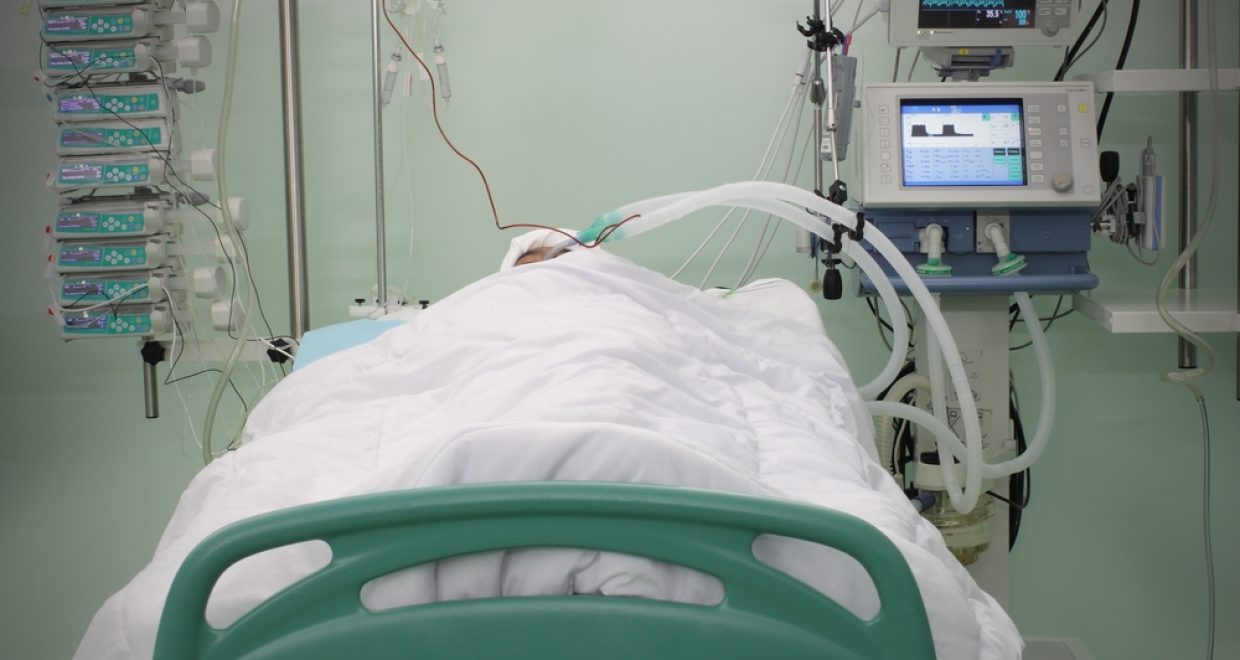PTSD Symptoms common among ICU survivors
–Condition long linked to war veterans found in one in three ventilated patients
One in three people who survived stays in an intensive care unit (ICU) and required use of a mechanical ventilator showed substantial post-traumatic stress disorder (PTSD) symptoms that lasted for up to two years, according to a new Johns Hopkins study of patients with acute lung injury.
“We usually think of PTSD as something you develop if you go to war, are sexually assaulted or suffer a similar emotional trauma,” says Dale Needham, a critical care specialist. “Instead, it may be as common, or more common, in ICU patients as in soldiers, but it’s something many doctors — including psychiatrists — don’t fully appreciate.”
“Physical weakness usually gets better, but these mental symptoms often just linger,” says study leader O. Joseph Bienvenu, an associate professor of psychiatry and behavioral sciences. “We need to pay more attention to preventing and treating PTSD in these patients.”
Bienvenu says the unusual thing about PTSD in ICU survivors is that they often experience flashbacks about delusions or hallucinations they had in the hospital, rather than events that actually occurred. Having a life-threatening illness is itself frightening, but delirium in these patients — who are attached to breathing machines and being given sedatives and narcotics — may lead to “memories” of horrible things that didn’t happen, he adds.
For the study, the Johns Hopkins team observed 520 mechanically ventilated patients with acute lung injury (ALI), recruited from 13 ICUs at four Baltimore hospitals between October 2004 and October 2007. 53% survived their hospitalization, and 186 patients had at least one research visit over the subsequent two-year follow-up period.
The researchers found that 35 % had clinically significant symptoms of PTSD, with the greatest apparent onset occurring by the initial, three-month follow-up visit. 62% of the survivors who developed PTSD still had symptoms at their two-year visit.
The researchers also found that patients with depression before hospitalization were twice as likely to develop PTSD, and that those who spent more time in the ICU were more likely to experience symptoms. Those who had sepsis (a severe response to infection) during their ICU stay, and those who were given high doses of opiates, were more likely to develop PTSD as well.
Bienvenu says patients who have these risk factors need special attention. Simply educating them and their primary care doctors about the increased risk for PTSD would be a step in the right direction, he adds.
Needham, Bienvenu and others at Johns Hopkins are interested in whether changing care in the ICU can reduce the incidence of PTSD. Needham’s team has reported on studies showing that early physical rehabilitation for ICU patients can speed and enhance recovery, and he says “psychological rehab” now deserves attention.
One European study looked at the use of ICU diaries, where nurses and family members recorded what was happening with the patients daily while they were in the ICU, sometimes taking photographs. The diaries were then given to the patients a month after leaving the ICU, with phone debriefing from a nurse. The intervention reduced PTSD symptoms by helping patients make sense of their ICU memories, Bienvenu says.
The full paper “Post-traumatic stress disorder symptoms after acute lung injury: a 2-year prospective longitudinal study” is freely available for a limited period via the following link: http://journals.cambridge.org/psm/bienvenu






